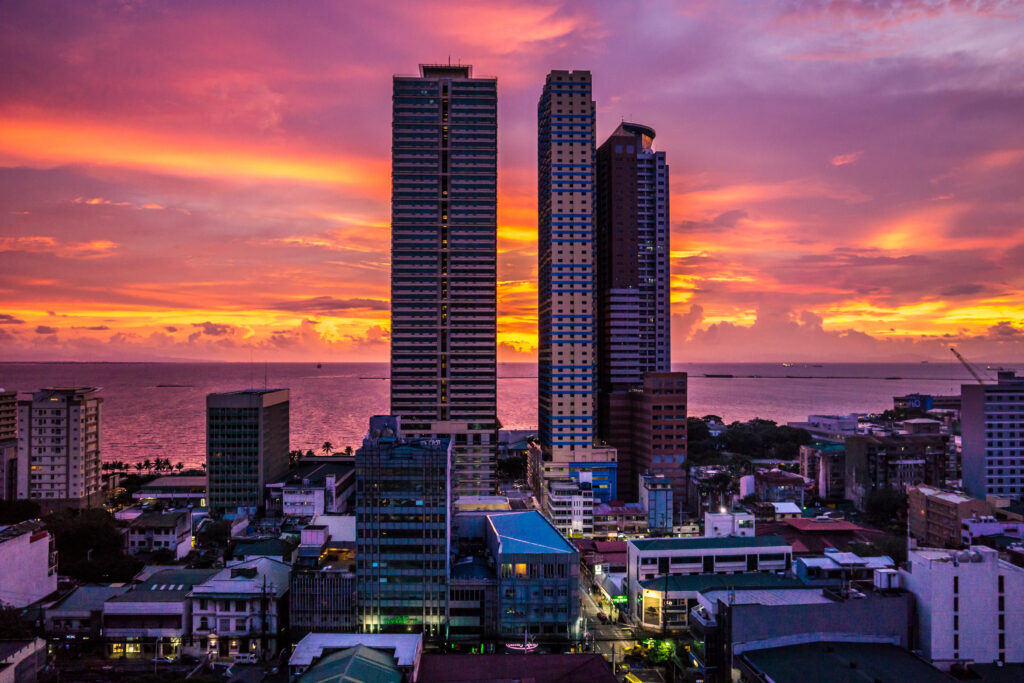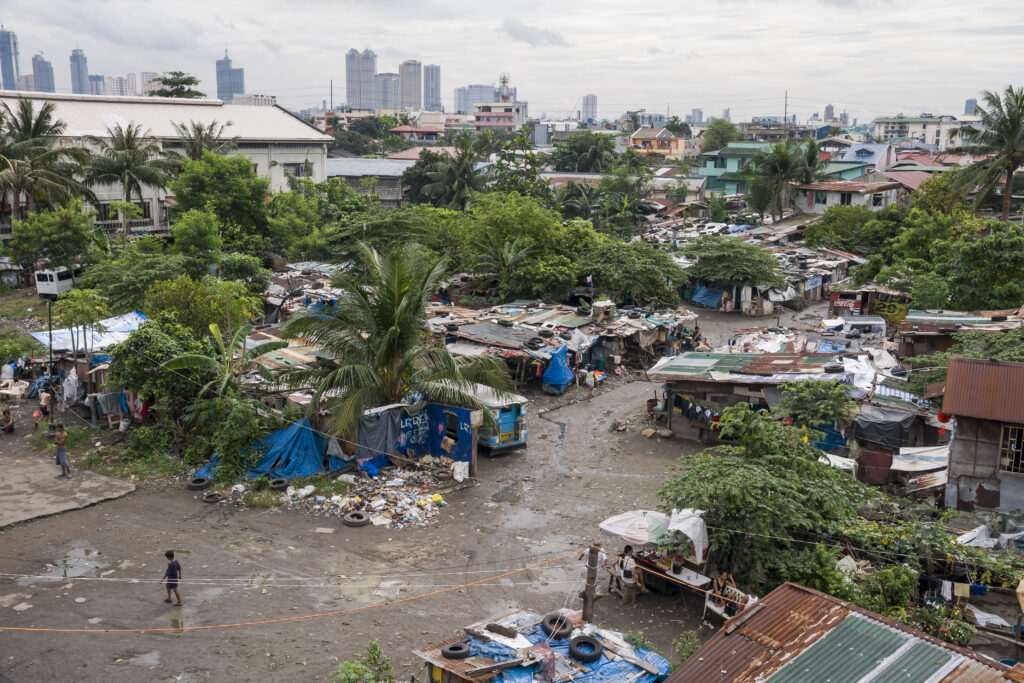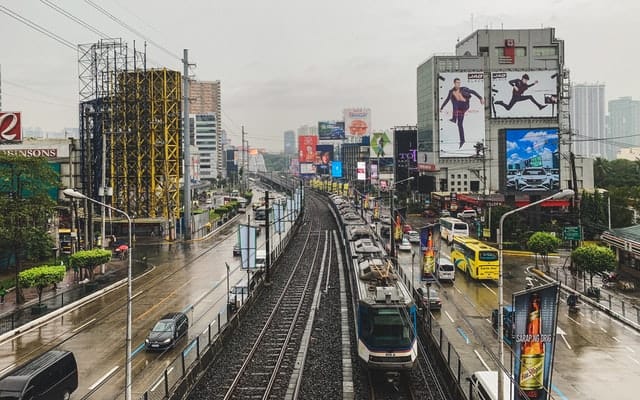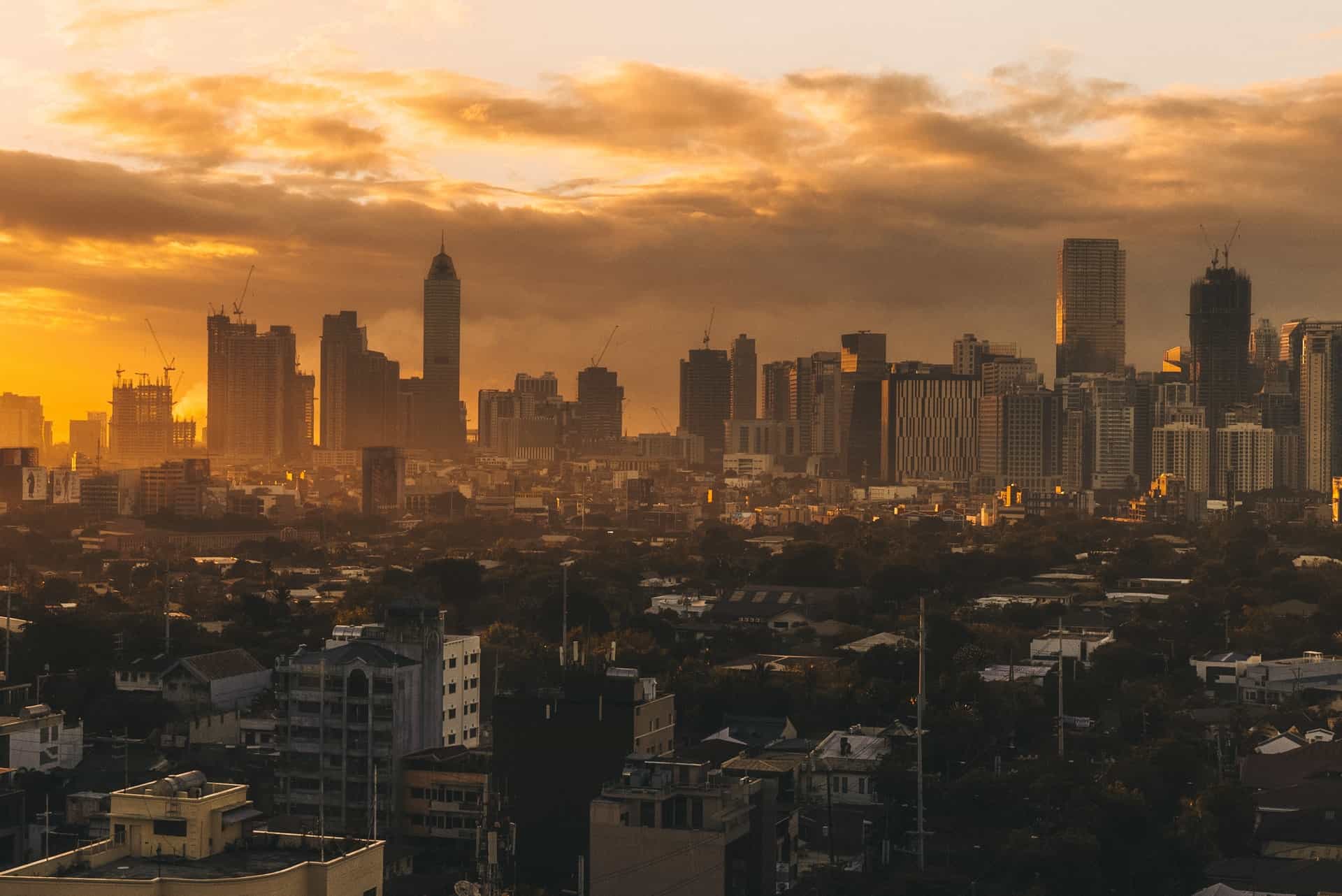Is Manila Worth Visiting? What First-Time Visitors Should Know

Philippine beach and nature destinations are legendary, and rightly so.
However, Philippines cities--especially the capital of Manila, ironically--are rarely on anyone's bucket list.
It's only fair to wonder whether it merits the trip.
Table of Contents
Here's whether Manila is worth visiting
Manila is not the most exciting city in Asia, but it's much more than just a gateway to exotic locales. It is worth visiting for a few days if you want to see a complex metropolis with tons of under-the-radar attractions. Manila's congestion and chaos are pretty intense, but savvy visitors can often avoid the worst of them.
By the way, understand that the city of Manila is just one of many in Metro Manila (which is officially called the National Capital Region, or NCR).
It's a large region and all the cities blend together, so natives and foreigners both use "Manila" to mean the whole metro area. I'll do the same.
(If you're wondering what all is around the area, then check out this quick overview of all the cities in Metro Manila.)
With that cleared up, we'll cover the question from a few different angles.
3 things (of Many) that make Manila worth going to
It's easy to understand why visitors are amazed by warm, clear water and underground rivers and lush jungles.
It's also easy to understand why a packed mass of concrete doesn't hold the same appeal.

However, since you'll probably fly through Ninoy Aquino International Airport (NAIA) no matter where you're going, consider spending at least a few days to explore this singular city.
It's affordable for a major city
I'm sure you know that the Philippines is an affordable destination on average. Manila is actually more expensive than most of the country, especially in the areas that foreigners usually stay.
In my experience, the best bang for your buck is not on ultra-cheap food and dining. Yes, there are decent $30 hotels and $3 meals if you look in the right places, but they're more plentiful and convenient in smaller Philippine cities (and other Southeast Asian countries).
Instead, I find much better value at upper-mid-tier places. Think $100/night for a business-district hotel that would cost $300/night in the US, or an excellent set meal for roughly the price of an appetizer in an upscale American restaurant.
In other words, what's local is usually the best value. If you're in the center of a big city, then what's "local" tends to be these big-city amenities.
Very good English is practically universal in Manila
It goes without saying that speaking the local language can only improve your trip.
I absolutely recommend that long-term visitors learn Tagalog, but there are several reasons why Tagalog is hard to learn for foreigners.
Luckily, the Philippines is officially bilingual, and English levels are probably higher in Manila than anywhere else in the country.
If you're planning a short trip, or just don't have the motivation to tackle Tagalog, then you'll be fine without it.
In casual settings, most Manileños--especially younger ones--tend to speak Taglish.
That's basically what it sounds like: a mix of Tagalog and English. It usually involves English words with Tagalog grammar, but locals often switch into and out of straight English, even with one another.
Again, you're always better off learning the language, but the point is that missing it is less of a problem in Manila than just about anywhere else.
Manila shows the Philippines at its best and worst
As my plane landed in Manila the first time, I don't know whether I was more immediately struck by the vast Makati skyline or the extensive slums visible even from the air.
The contrast was so sharp I could nearly feel it.


However, my point here isn't to condemn inequality or to question local governance or anything of the sort. It's simply that if you want to understand a country you're visiting, then it's critical to see the good and the bad.
To see the skyscrapers and the shanties.
Or better yet, to ask and listen about why they're there and whose lives they impact and how.
Such a massive city is the best place to feel and understand all the pairs of extremes that make up a country.
2 reasons Manila might be the wrong destination for you
Of course, no place is perfect for every traveler. Metro Manila has some significant challenges that will take you by surprise, especially if it's your first time in a large developing country.
These things shouldn't necessarily deter you, but going in with eyes wide open is the best way to have a good trip despite the issues.
Manila's bad traffic defies description
Manila perennially tops lists of cities with the worst traffic. The "winner" depends on whose study you look at, but suffice it to say that it can't really get worse.
And with the traffic comes pollution. If you're sensitive to air quality, then that's something to think twice about.
In brief, too many people share too little space, and traffic rules don't carry much weight. One rush-hour trip along EDSA will make that clear.
Local transit is a distinctive experience, and jeepneys are an icon of the city. However, the routes aren't well mapped or easy to figure out, and it's the polar opposite of a comfy journey.
A car from Grab (SE Asian competitor to Uber), or even a private driver, is worth every penny.
As a rule of thumb, expect driving to take half or fully as long as walking the same distance.
So why not just walk, then?
If the heat is bearable, that's a terrific choice in certain areas, like BGC, parts of Makati, or the center of Manila proper. But outside tourist and business areas, sidewalks tend to disappear randomly (if they ever existed), and it's not a great idea to cross the many large intersections with meaningless traffic lights.
An extremely tight budget will go farther elsewhere
As I mentioned above, Manila abounds with good values on mid- to upper-tier amenities.
But if you've got to stretch limited funds a long way, then you'll have an easier time (and probably more fun) in almost any other part of the country.
That said, you might be able to split the difference.
If you're very eager to explore Manila and don't mind a less convenient hotel, then consider one of the more outlying cities of Metro Manila instead of the usual tourist choices of Manila proper, Makati, and Taguig (BGC). Just double-check that transit is available or that Grab costs won't undermine your savings!
Is Manila safe?
The question of safety in Manila is surprisingly hard to answer, because people mean very different things by the word "safe."
Some say "yes indeed," others say "not at all," and in my own experience and research, they're both right.
On one hand, I've heard and read appalling stories of truly grotesque crimes. Law enforcement corruption is well-known. Scams abound. You're likely aware of this.
On paper, it doesn't add up to a safe city to visit.
On the other hand, the vast majority of said crimes are between locals, often ensuing from disputes or schemes that tourists wouldn't even be privy to.
To be sure, crazy things happen everywhere, and petty criminals are probably more opportunistic and unpredictable. However, the stereotype of gritty slums teeming with thieves is only true in, well, gritty slums (and by many accounts, not even then).
This is almost totally subjective, but my wife (Filipina) and I (white American) both feel safer in most of Metro Manila than in the downtown of our own nearest major city--usually even at night.
In short, the general awareness and respect that befit Western (i.e., relatively wealthy) visitors to a developing country are more than adequate in Manila.
Nightlife scams are another matter. I can't speak to those firsthand. But common sense should always prevail: if it sounds too good to be true, then it probably is.
Use your own judgment, of course, but I believe only naive, oblivious, or reckless travelers need to worry about safety around Manila. Unfortunately, they probably aren't reading this.
So go, be prudent, and have a great time!
How to have a worthwhile stay in Metro Manila
After several extended stays in Metro Manila, I've noticed a few things that consistently make for a nice stay.
Plan activities by area
Bouncing between neighborhoods is a pleasure in some cities. Manila is not one of them.
Due to traffic, it's wise to plan less than you think you can do, in fewer places than you think you can go.
But, along those lines...
Slow down
Manila runs at a faster pace than most of the country. But compared to New York or Hong Kong, for instance, it's mellow and easygoing. And in keeping with the previous point, it's logistically tough to pack a lot into one day.
Cafes open later. People walk more slowly. Schedules carry less weight. Type-A bankers and tech entrepreneurs are very much the exception, not the rule.
You get the picture.
This trait is maddening if you find it hard to take a break, but beautiful if you learn to enjoy it.
Get to know people
Granted, it's tough on a brief stay.
But if you visit the Philippines--even the big city--without getting to know anyone, you'll have missed out on some of the warmest and most hospitable people on the planet.
Sure, that's a very broad generalization, but there's a reason it's such a common one.
A Canadian acquaintance who moved to Manila said it best: "Manila doesn't give you many reasons to come, but it gives you many reasons to stay." To me, the people are the first and best reason.
Should you visit Manila?
Traffic's a nightmare, nature is almost non-existent, and there isn't too much in the way of old architecture.
Yet for most travelers, it's still worth visiting.
How so?
It's also an affordable place that's famously friendly, almost universally English-speaking, and a transportation hub for almost anywhere you might also want to visit.
It's worth a little extra planning before you show up, but the reward is a wildly different experience--in good or at least interesting ways--from just about anywhere else on Earth.




